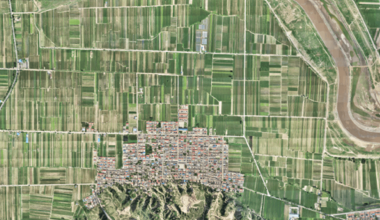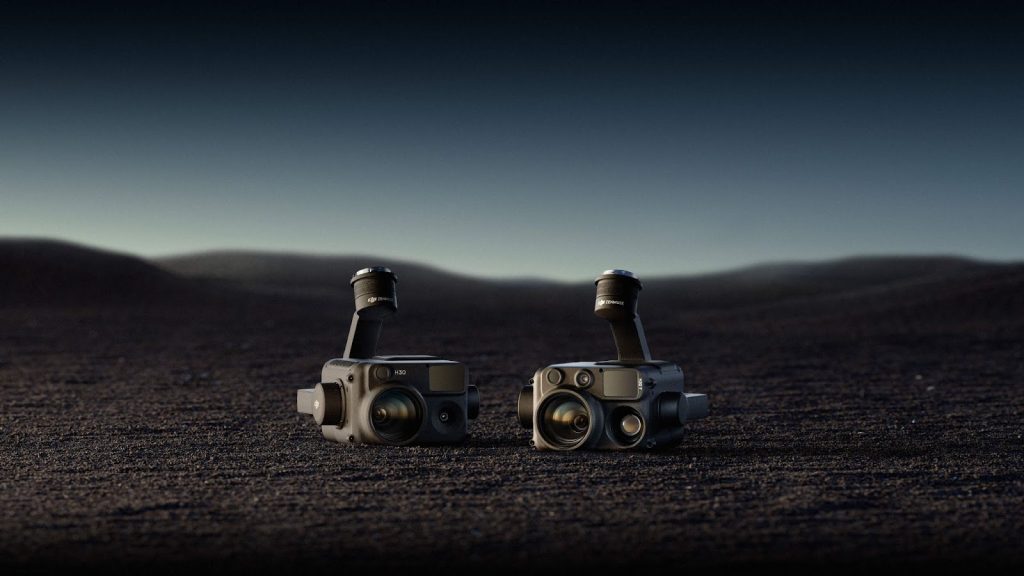No products in the cart.
Bridges are the lifelines of transportation networks, connecting cities and enabling the movement of people and goods. Keeping these vital structures safe is a top priority, which makes bridge inspection an essential task.
Bridges require different types of inspection to address their diverse needs, including regular inspections for routine maintenance, periodic inspections for long-term structural health, and special inspections for addressing specific concerns or events.
The Challenges of Traditional Bridge Inspection
Traditional bridge inspection methods typically involve human inspectors using binoculars, ropes, and scaffolding to examine structures up close. While these methods have been in use for decades, they come with several limitations:
- Limited Data Collection – In traditional bridge inspections, the reliance on visual observations alone may result in the oversight of critical issues that can remain hidden until they escalate into significant structural concerns. This limited data collection in traditional inspections can lead to unexpected maintenance challenges, increased repair costs, and potential safety hazards, underscoring the need for more advanced inspection methods.
- Costly and Time-Consuming – Traditional bridge inspections are not only costly but also time-consuming due to the need for extensive setup involving scaffolding and ropes, and the meticulous, labor-intensive process of examining every inch of the structure.
- Safety Risks – The hazardous working conditions in traditional bridge inspections, with inspectors dangling from ropes or scaffolding, expose them to life-threatening risks, making safety a paramount concern. Moreover, these challenging environments, compounded by unpredictable factors like high winds and precarious access points, further heighten the danger faced by inspectors during their assessments.
Drones Transforming Bridge Inspection
Drones are ushering in a transformative era in bridge inspection. These unmanned aerial vehicles equipped with advanced cameras and sensors are revolutionizing the way we monitor and assess the structural integrity of our vital transportation infrastructure. This technological leap not only enhances safety but also improves efficiency, reduces inspection costs, and ensures that our bridges remain safe and sound for years to come.
- Drones for Aerial Inspection – Drones equipped with high-resolution cameras and advanced sensors can provide a bird’s eye view of the entire bridge structure. Inspectors can access hard-to-reach areas without risking their safety, even in adverse weather conditions
- Cost-Efficiency – Drone-based inspections are faster and require fewer resources than traditional methods. The reduced setup time, quicker data collection, and the ability to detect issues early can lead to substantial cost savings.
- Improved Data Quality – Drones capture high-quality images and data using HD cameras, proximity sensors and thermal cameras, ensuring that no potential issues are overlooked. The combination of visual and thermal data provides a comprehensive understanding of the bridge’s condition.
- Remote Collaboration – The ability to live-stream and collaborate remotely brings experts together, regardless of their geographical location. This leads to faster decision-making and efficient problem-solving without risking safety for workers and the public.
- Predictive Maintenance – Drones are equipped with data analysis software to detect anomalies, structural issues, and potential weaknesses in the bridge’s components. This technology can identify even subtle defects that might go unnoticed in visual inspections, ultimately providing a more comprehensive and precise assessment of a bridge’s condition, can also be used for predictive maintenance
DJI Enterprise Solutions for Bridge Inspection
DJI, a globally recognized leader in drone technology, offers these solutions to cater to the specific needs of various industries, including agriculture, construction, public safety, infrastructure inspection, and more. DJI Enterprise Solutions aim to leverage the benefits of drone technology to improve efficiency, safety, and data collection in a wide range of industries and professional settings.
In addition to the previously highlighted benefits of drones, DJI Enterprise Solutions also provide cutting-edge capabilities such as 3D modeling and the creation of digital twins for future development projects. Here are several practical applications of 3D modeling in bridge inspection setup:
- Point Cloud Modeling
The DJI Zenmuse L1, equipped with LiDAR technology, plays a pivotal role in autonomous point cloud modeling, allowing for the creation of detailed 3D representations. When combined with BIM integration, it enhances the development of digital twins, offering valuable insights for construction and infrastructure management.
- Photogrammetry Modeling
Photogrammetry, aided by the mechanical shutter RGB camera of the DJI Zenmuse P1+ M350 , is instrumental in creating precise and detailed autonomous visual 3D models. DJI Zenmuse P1 uses 3-axis stabilized gimbal for Smart Oblique Capture, quickly generating highly accurate 3D model of the bridge. These photogrammetric models enhance the development of digital twins for more informed construction and infrastructure management.
- Single regular image
A single high-resolution RGB image captured by the M350+P1 or H20 camera provides valuable data for manual defect analysis and AI recognition, offering insights that aid in maintaining infrastructure integrity. Additionally, these cameras offer the versatility of capturing both HD and 4K images and videos for comprehensive visual documentation.
Conclusion
DJI Enterprise Solutions are revolutionizing the field of bridge inspection, offering a compelling vision for the future of infrastructure maintenance and safety. The combination of drone technology, thermal imaging, and advanced software tools has significantly reduced the risks and costs associated with traditional inspection methods. This transformation not only benefits the infrastructure itself but also minimizes disruptions to communities and economies that rely on these bridges for daily life.
As we look ahead, the ongoing evolution of these solutions promises to bring even greater advancements. With the continuous march of technology, we anticipate further innovations that will not only enhance the reliability and longevity of bridges but also expand their applications to a broader spectrum of industries and critical infrastructure assets. DJI’s commitment to improving safety, efficiency, and data accuracy demonstrates a clear path towards a more resilient and connected world, ensuring the well-being of generations to come. The future of bridge inspection, with DJI Enterprise Solutions at its forefront, holds the promise of smarter, safer, and more sustainable infrastructure management.



